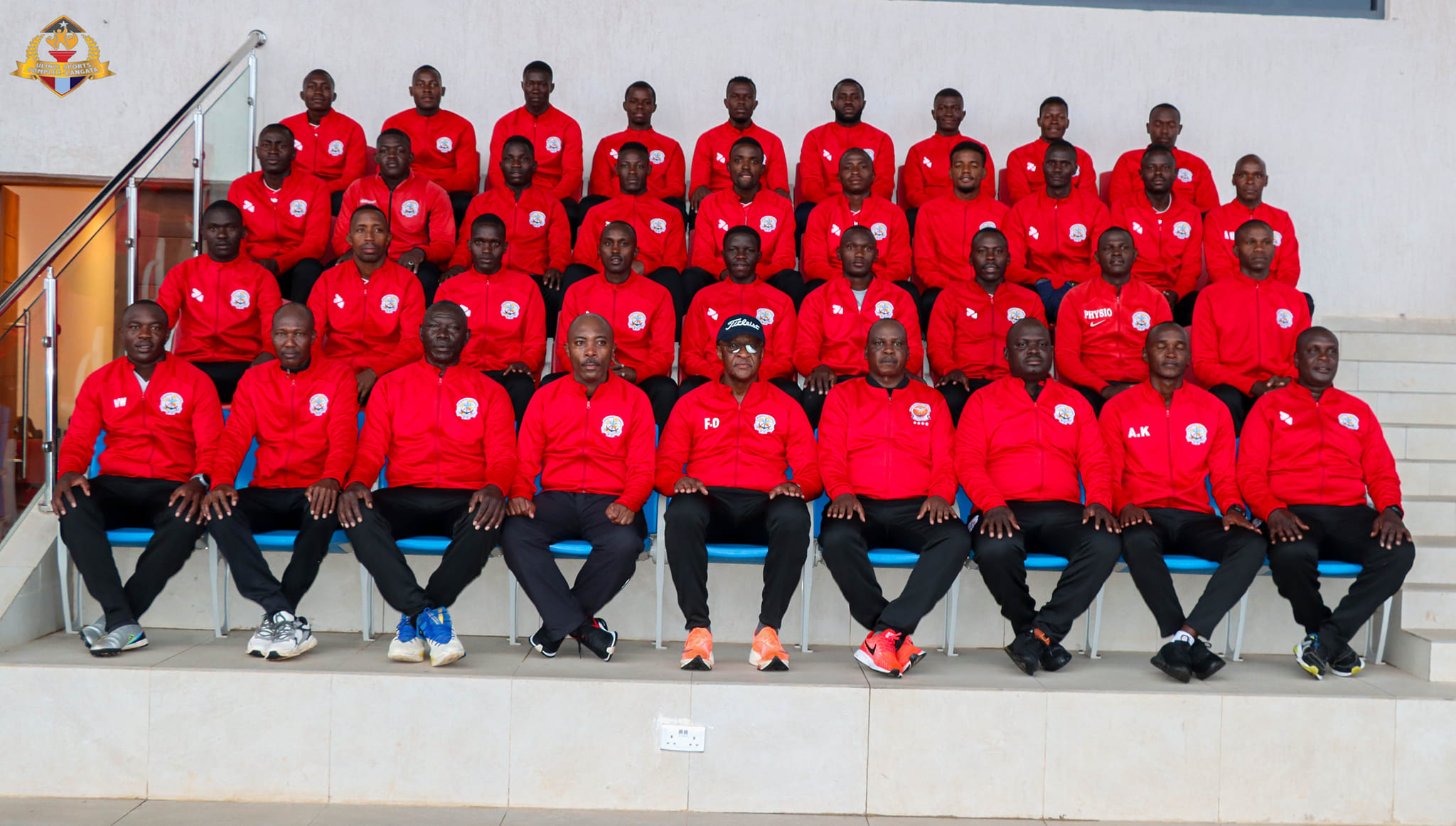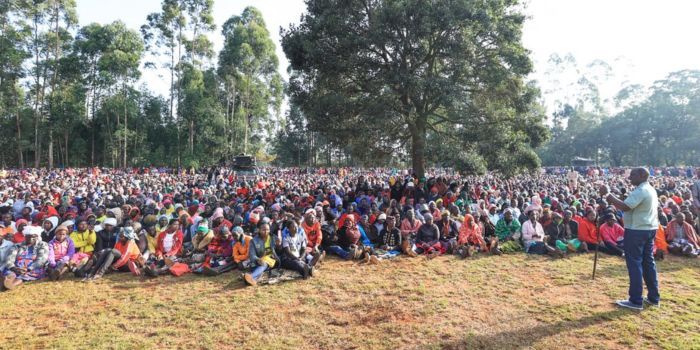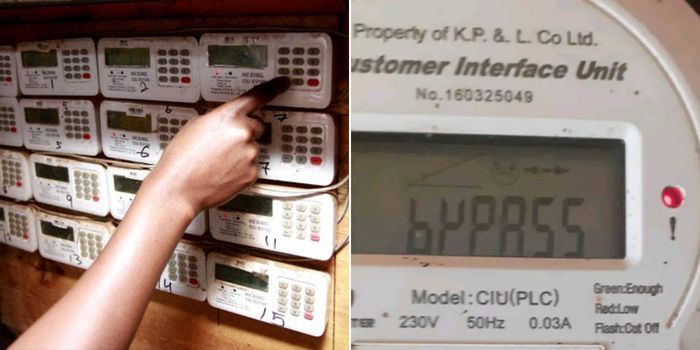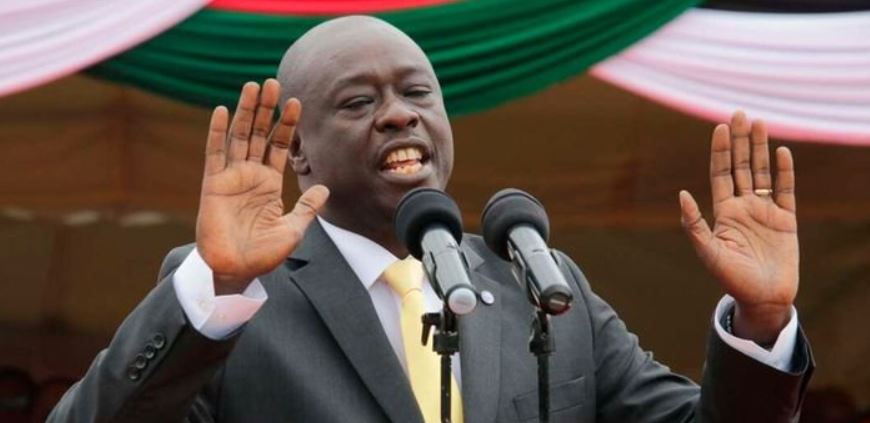

BY OUR CORRESPONDENT
The COMESA-EAC-SADC Tripartite Free Trade Area (TFTA) Agreement will come into force on Friday (25th July, 2024) following the attainment of the required threshold.
For the Agreement to take effect, at least 14 out of the 29 Member/Partner States needed to deposit their instruments of ratification.
The entry into force of the Agreement follows the depositing of Instrument of Ratification by Angola on 25th June, 2024, bringing the total number of the Instruments of Ratification deposited to 14, the number required for the agreement to enter into force.
This was announced during the 37th Tripartite Task Force Meeting, which took place on the sidelines of the 6th African Union mid-year coordination meeting in Accra, Ghana.
The meeting was attended by the Chief Executive Officers (CEOs) of the three Regional Economic Communities (RECs); Elias Mpedi Magosi, Executive Secretary of the Southern African Development Community (SADC) and Chairperson of the Tripartite Task Force; Veronica Nduva, Secretary General of the East African Community (EAC) and Chileshe Mpundu Kapwepwe, Secretary General of the Common Market for Eastern and Southern Africa (COMESA).
During the meeting, Magosi, said that the Member/Partner States that have deposited their Instruments of ratification include Angola, Botswana, Burundi, Egypt, Eswatini, Kenya, Lesotho, Malawi, Namibia, Rwanda, South Africa, Uganda, Zambia and Zimbabwe.
These countries together accounted for 75% of the Tripartite GDP in 2022.
Magosi also informed the meeting that on 20th June, 2024, Djibouti notified the COMESA Secretariat that it had ratified the agreement.
The SADC Executive Secretary recalled that the Tripartite Summit of Heads of State and Government decided on 22nd October, 2008 to establish a Tripartite Free Trade Area (TFTA) among the COMESA, EAC and SADC blocs.
“The objective of establishing the COMESA-EAC-SADC FTA was to enhance market access, address the issue of multiple memberships and further the objectives of cooperation, harmonisation, and coordination of policies among the three Regional Economic Communities (RECs),” he said.
The 29 Tripartite Member/Partner States represent 53% of the African Union’s membership, more than 60% of continental GDP ($1.88 trillion), and a combined population of 800 million.
The Executive Secretary of SADC also committed to continuing engagement with the Tripartite Member/Partner States that have yet to ratify the Agreement.
“We urge the Member/Partner States to mobilize resources and support the implementation interventions, including setting up the necessary implementation structures,” he said.
























































































































